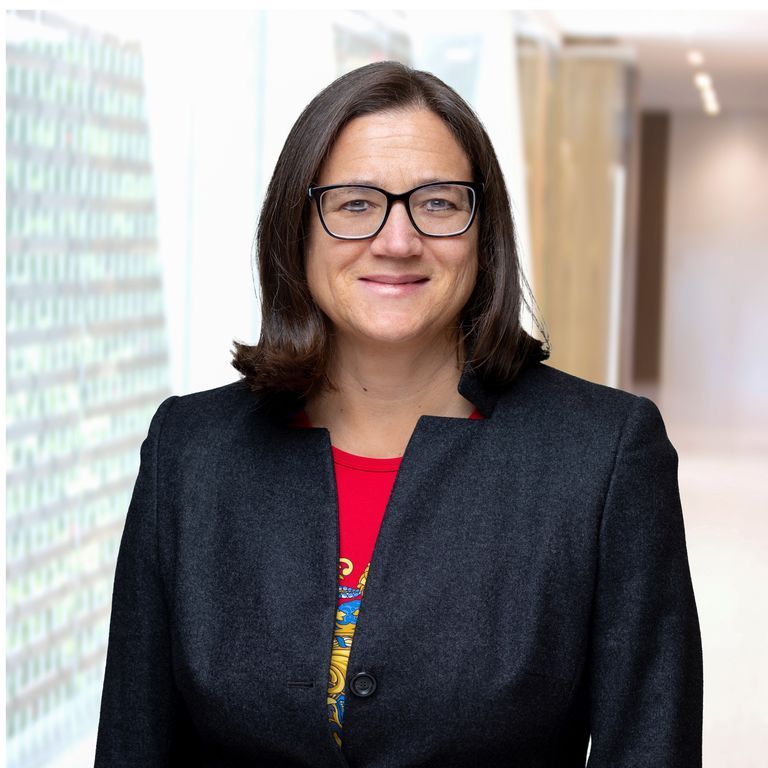This post updates the most recent post regarding initial state and federal proceedings that were initiated in light of Order No. 872.
Post-Order No. 872 Requests for Relief from the PURPA Purchase Mandate
Given the paucity of actual or potential QFs in the relevant service areas of ETEC and NTEC, and thus an absence of protests, these entities, who led the pack in submitting the first QM filing under Order No. 872, rather quickly
obtained the requested relief. Since their filing, a few more applications have been submitted and certainly more are expected soon. Not surprisingly, many of the earliest filers had relatively few existing or queued potential QFs. No protest has been filed in any QM docket to date.
State Proceedings Implementing Order No. 872
In California, the California PUC is still considering whether to change its newly-adopted Standard Offer Contract (New QF SOC) to require the use of variable energy rates instead of a fixed energy rate.
Another state commission already has made the switch. In Case No. 2020-00174, the Kentucky PSC, found the same decision to be quite easy to make. The PSC noted that “to account for the significant development of energy markets, FERC established a rebuttable presumption that locational marginal prices (LMPs) may reflect a purchasing electric utility’s avoided energy costs and allowed states the ability to require variable energy rates.” The PSC availed itself of the new capability to require variable energy rates in a Kentucky Power Company proceeding, finding that for its cogeneration tariff, the avoided energy rate should be the variable LMP at time of delivery. The PSC found that this approach “will eliminate any forecast error from Kentucky Power’s avoided energy rate and place the risk of economic feasibility on the QF instead of Kentucky Power’s ratepayers.” The Kentucky PSC extended Kentucky Power’s current minimum term of one year to five years because the variable energy rates would alleviate risk to ratepayers. This type of result was one hoped for by FERC – that variable energy rates would allow state commissions that viewed long-term QF contracts as too risky for ratepayers to feel more comfortable.
The New Mexico PRC recognized early on that Order No. 872 had targeted its legally enforceable obligation (LEO) standard and opened a proceeding in 2020 to address the issue. It has now issue a proposed LEO standard, but the proposal will not be finalized for at least several months. The test proposed is as follows:
(1) The qualifying facility has filed an interconnection application with the appropriate entity and has tendered all required fees to that entity;
(2) The qualifying facility has taken meaningful steps to obtain site control to construct the entire qualifying facility, which the qualifying facility may demonstrate through the production of executed agreements and through similar measures;
(3) The qualifying facility has applied for all required federal, state, and local permits and licenses necessary to construct and operate the facility, and has tendered all required fees to the appropriate governmental authorities;
(4) The qualifying facility has authorized all environmental studies and other actions necessary to support permit and license applications;
(5) The qualifying facility has obtained or applied for financing of the proposed project, as evidenced by loan application documents or other types of financing applications; and
(6) The qualifying facility has provided the utility with a construction plan and timeline for the construction of the facility, including construction cost quotes.
This LEO standard is fairly strict, as would be expected in light of the extremely strict prior standard.
Other state commissions opened proceedings in 2020 to address Order No. 872 including Colorado, Michigan, Georgia, but several of these proceedings remain pending. The Georgia PSC did not make any significant changes in a recent order, although it may continue to examine certain issues in the future.



